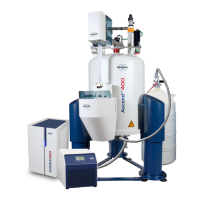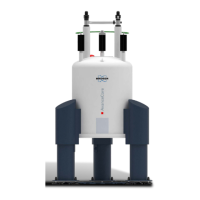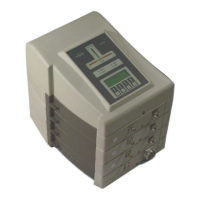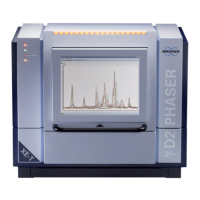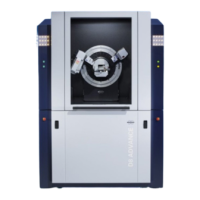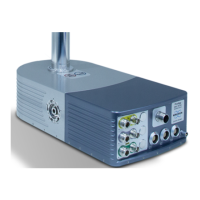Magnet Safety
H171764_6_001 25 / 48
4.3.2 General Safety Rules
General safety rules for handling cryogenic substances include, but are not limited to:
• Cryogenic liquids remain at a constant temperature by their respective boiling points and
will gradually evaporate, even when kept in insulated storage vessels (dewar).
• Cryogenic liquids must be handled and stored in well ventilated areas.
• Passengers should never accompany cryogens in an elevator. There is a risk of
asphyxiation.
• The very large increase in volume accompanying the vaporization of the liquid into gas
and the subsequent process of warming up is approximately 740:1 for helium and 680:1
for nitrogen.
4.3.3 Cryogen Transport Dewars
The rules concerning the cryogen dewar used to transport cryogenic liquids transport include,
but are not limited to:
• All cryogen dewars transporting cryogenic liquids must not be closed completely as this
would result in a large buildup of pressure. This will present an explosion hazard and may
lead to large product losses!
• All cryogen transport dewar must be constructed of non-magnetic materials.
4.3.4 Health Hazards
Main health hazard related rules include, but are not limited to:
• Evacuate the area immediately in the event of a large spillage.
• Provide adequate ventilation in the room to avoid oxygen depletion. Helium can displace
air in the upper area of a room and cold nitrogen can displace air in the lower area. Please
see the “Ventilation” section for detailed information.
• Do not come in direct contact with cryogenic substances in liquid or vapor form (or as low
temperature gases), since they will produce “cold burns” on the skin similar to burns.
• Do not allow insufficiently protected parts of the body to come in contact with non-
insulated venting pipes or vessels since the body parts will immediately stick to them. This
will cause the flesh be torn if the affected body part is removed.
4.3.5 First Aid
First aid rules include, but are not limited to:
• If any of the cryogenic liquids come into contact with eyes or skin, immediately flood the
affected area with large quantities of cold or tepid water and then apply cold compresses.
• Never use hot water or dry heat.
• Medical advice should be sought immediately!

